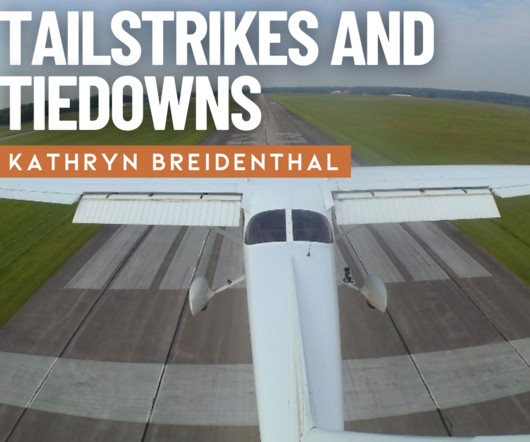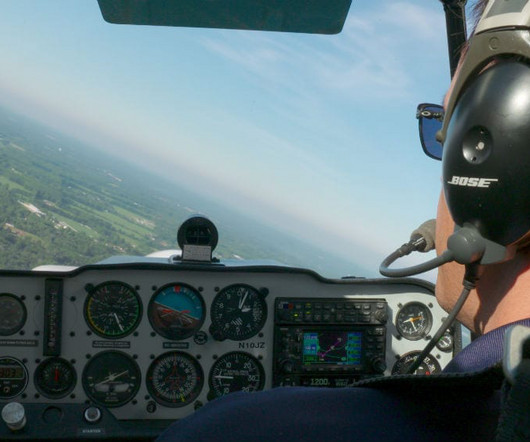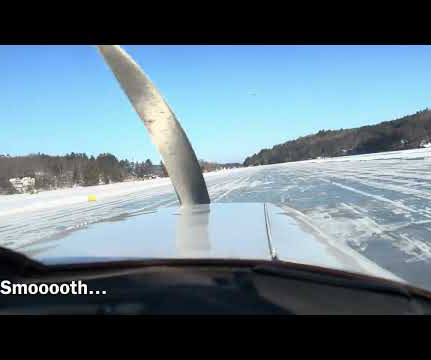2025 Richard Collins Writing Prize Runner-Up: Tailstrikes and Tiedowns
Air Facts
MARCH 26, 2025
The airspeed indicator registered 55 knots, close to the Cessna 172s stall speed. But as I banked into my final approach, my heart sank. I did the worst thing possible and tried to lose altitude by steepening my approach. Time seemed to freeze as I floated in ground effect.











Let's personalize your content